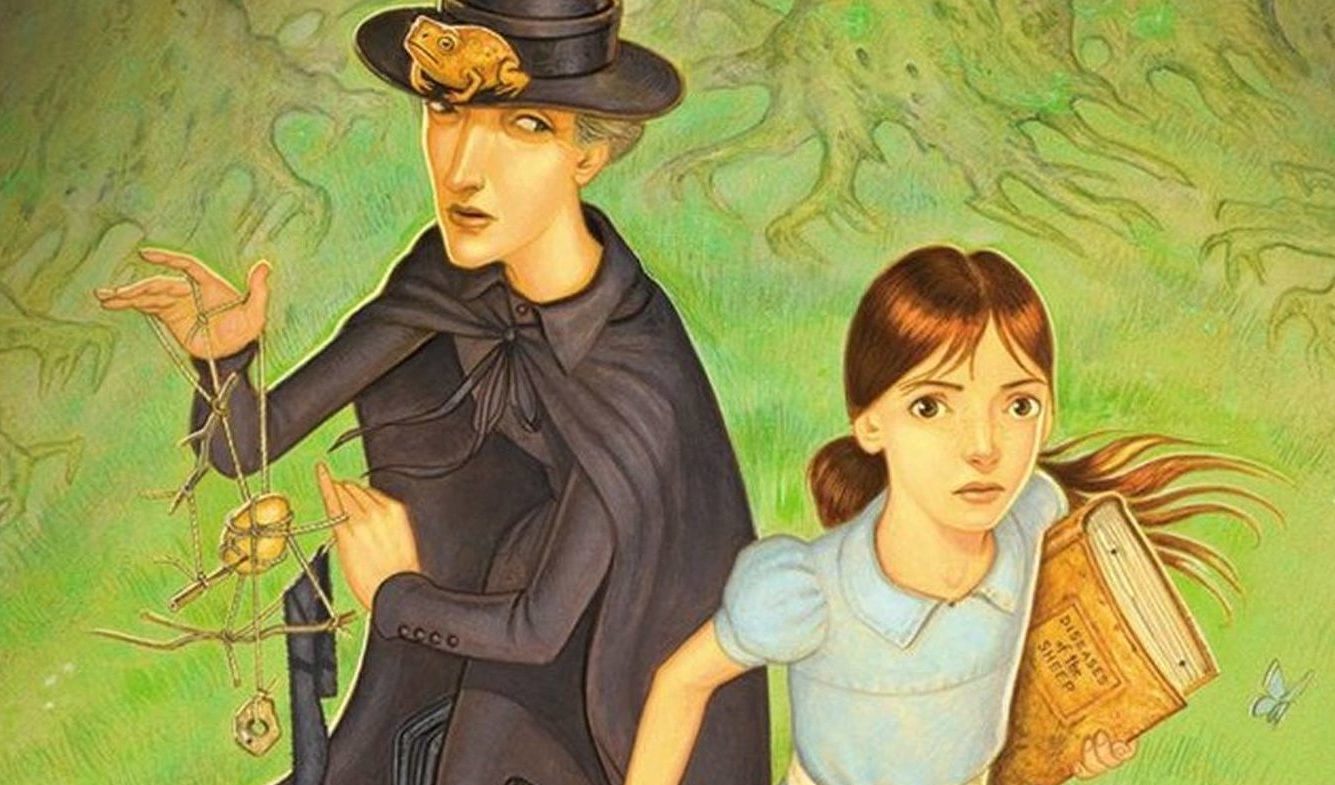
3 things Terry Pratchett taught me about witchcraft
“The thing about witchcraft,” said Mistress Weatherwax, “is that it’s not like school at all. First you get the test, and then afterward you spend years findin’ out how you passed it. It’s a bit like life in that respect.”
—The Wee Free Men
You can tell a lot about a witch by the books they recommend.
If it’s your typical Wicca 101 book, they’re probably a lot like a lot of other witches. If it’s one they’ve written themselves, run for the hills. But if it’s fiction… well, then you might be on to someone who knows something about witchcraft.
My coven leader, a fascinating blend of New Age woo and down-and-dirty paganism, teaches alternately through storytelling and the Socratic method. She’s quick to laugh but often takes long pauses mid-sentence to run her thoughts through any number of filters before letting them squeeze past her lips.
For her, any education in the Craft naturally starts with Terry Pratchett’s Tiffany Aching series, which chronicles a young girl’s transformation into a powerful witch.
I think the endorsement says as much about the author as it does about the witch. My coven leader feels that Pratchett gives voice to her particular brand of witchcraft—and she’s not the only one.
Though Pratchett himself was “officially agnostic,” he had a deep grasp of what it means to practice magic. Many members of the pagan community have embraced his books, whose goodnatured teasing toward witches (along with every other type of person) demonstrates the perfect blend of mirth and reverence that characterizes so many of our midnight revels.
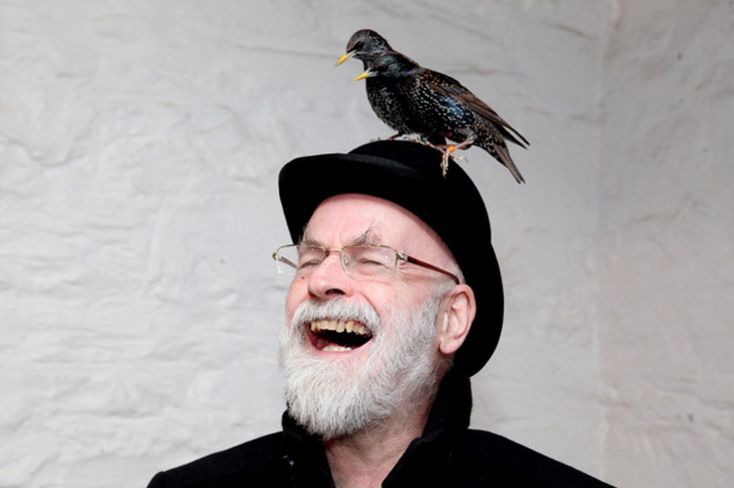
Witches—the kind of witches who write the books other witches pore over—glean surprising wisdom from Pratchett’s stories.
“I feel like his stories gave me more insight about witchcraft, the spirit of magick, coven dynamics, responsibility, ego, dealing with the public, humor, and the role of service of the witch more than most of my occult books,” says pagan author and teacher Christopher Penczak. “His insights were brilliant. While not being a witchcraft teacher, he was certainly a teacher of witchcraft.”
It’s not just witches, either. Ethicists, feminists and folklorists have all found his novels rich fodder for intellectual mastication.
Still, it was years before I took my coven leader’s recommendation seriously. I recently listened to all five Tiffany Aching novels on audiobook—starting with The Wee Free Men and ending with The Shepherd’s Crown—and I wish I hadn’t waited so long.
Let’s get one thing out of the way: For me, Steven Briggs will forever be the voice of Terry Pratchett. As the audiobook narrator, his voice oozes with dry wit, and his characterizations of the Nac Mac Feegle (the rough-and-tumble fey folk who serve as Tiffany’s protectors) sometimes made me laugh out loud. I have yet to actually read a Pratchett novel with my eyes instead of ears, but when I do I will probably hear it in Briggs’ voice.
As for the stories themselves, I liked them. Immensely. But my opinion doesn’t seem nearly as relevant as the question I’ve had tickling my mind since the day my coven leader recommended them: What do they have to teach me?
1. Know your own mind.
Third Thoughts are thoughts that watch the world and think all by themselves. They’re rare, and often troublesome. Listening to them is part of witchcraft.
—A Hat Full of Sky
We all have different names for the three main voices inside our head. Psychologists call them id, ego and super-ego. A Feri shaman might call them fetch, talking self and godself. Tiffany Aching has First Thoughts, Second Thoughts and Third Thoughts (and occasionally even Fourth Thoughts, though these “sometimes led her to walk into doors.”)
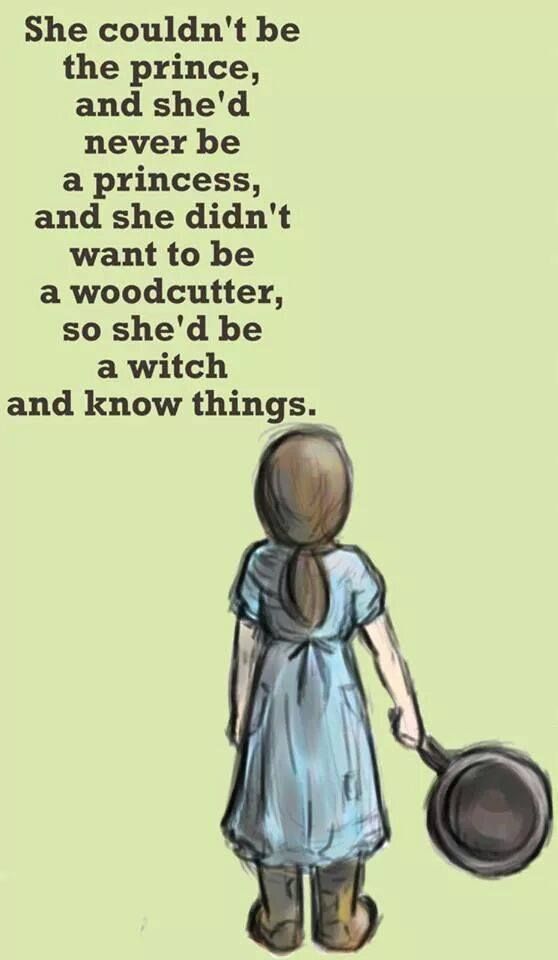
In Pratchett’s world, First Thoughts are the thoughts everyone has—the mental chatter that runs through our heads like a computer program. Second thoughts are the analytical thoughts we have about the things we observe and think, and they can launch us into a higher level of functioning.
Learning to wrangle our three voices into some sort of harmony is one of the keys to self-integration. All too often we sleepwalk through our days, powered by automatic First Thoughts—which are really just patterned reactions to the world around us. When these are the only thoughts we hear, we end up living in reaction mode, bouncing off each other like bubbles on a screen saver.
Witches need to be conscious. We’re co-creators, not sleepwalkers. It’s our job, my coven leader believes, to help lead the world in a great awakening of consciousness. To do that, we need our Third Thoughts.
2. Turn selfishness into a weapon.
All witches are selfish, the Queen had said. But Tiffany’s Third Thoughts said: Then turn selfishness into a weapon! Make all things yours! … My land! My world! How dare you try to take these things, because they are mine!
—The Wee Free Men
Many people choose the path of the Wica out of a desire to help. They long to alleviate the suffering around them and sense that they can do something on more than just a physical level. Many are nurses, therapists and social workers.
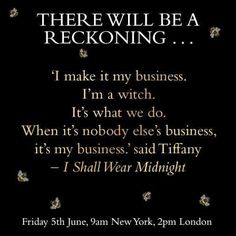
When you dedicate yourself to a life of service, generosity can become pathological. Selfishness, the impulse that drives us to wrap our arms around something and keep it away from others, is something to avoid. But all things have a purpose—even selfishness. When we embrace the people around us (our steading) as ours, our selfishness gives us the fire we need to fight for them as though we’re fighting for our own selves. Our very selfishness becomes an act of selflessness, and vice versa.
This is another part of the Great Work. Witches transmute. We take our own dross—the dark mental and emotional gunk we accumulate—and compost it into creative energy. Once we’ve done it enough for ourselves, we can start doing it for others.
How do you transmute your dross? By uniting opposites. Humans are dualistic creatures. We compulsively divide the world into twos. It’s embedded into our biology; our very brains are made up of two hemispheres.
Light and dark. Good and bad. Hero and villain. Our obsessive duality can split the world into black and white and blind us to all the nuances in between.
Polarity presents a different way of seeing, in which everything is a spectrum. On a spectrum, good sits at one end and bad at the other, with infinite shades of gray in the middle. Suddenly they’re no longer opposites. They’re part of each other. In fact, their very existence depends on each other. Without bad, we’d have no concept of good. Without either, the spectrum itself wouldn’t exist—and all things would be the same.
Once you start seeing the world this way, you realize you can transform anything into its opposite, because they’re really one. Now that’s power.
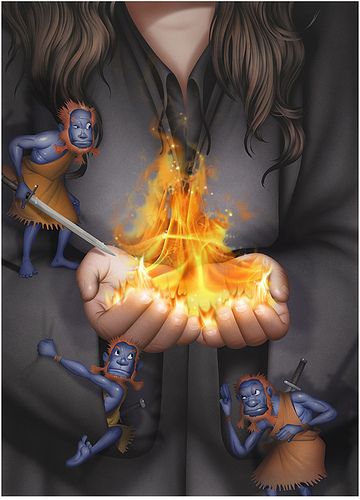
3. Don’t fear the Reaper.
A witch ought never to be frightened in the darkest forest, Granny Weatherwax had once told her, because she should be sure in her soul that the most terrifying thing in the forest was her.
—Wintersmith
How much of life do we deny ourselves out of fear? All the little fears that plague us stem from the ultimate fear—fear of dying. Unless we face and befriend that spectre, we’re doomed to stay small, curled inside a prison of our own making.
To do the work we long to do, we have to become greater than our fear.
In Pratchett’s world, witches know the precise hour of their death. They’ve come to terms with their own inevitable end, and it frees them to go about their work. How they use that knowledge says everything about who they are.
Some host their funeral in advance so they don’t miss out on a great party. Others wait in solitude for Death to arrive. They all give their homes a spit-shine. Each does what she can, in her own way, to minimize Death’s footprint for her loved ones.
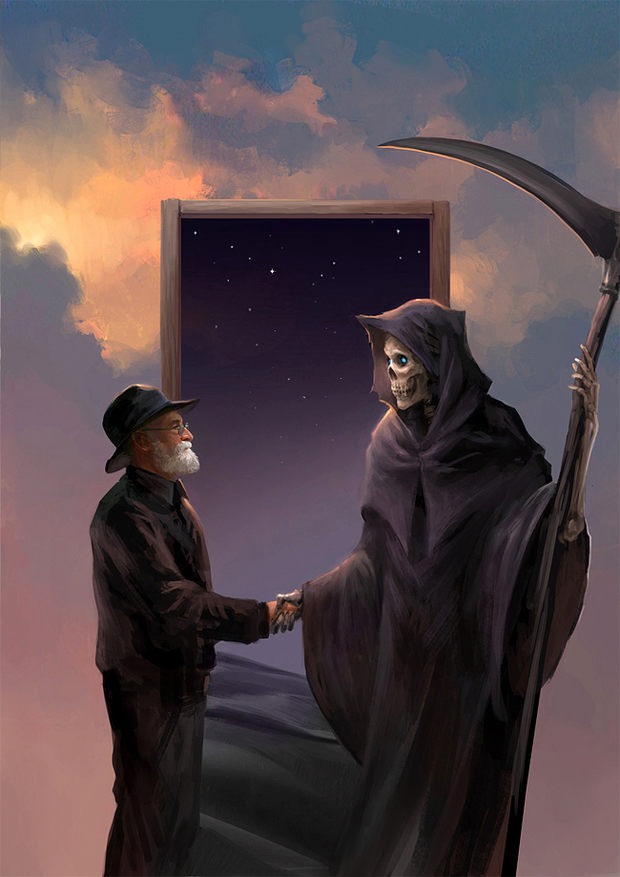
One even selects her burial spot, weaves her own casket and writes instructions for her successor. I won’t say who, in case you haven’t read it, but the whole scene left me with wet cheeks and a feeling of reverence I hope to recapture when my number’s called.
“Above all, she meets Death—another longtime Discworld character, drawn as a wryly genial presence—as a respected compatriot,” says NPR.
When you’re on amicable terms with Death, nothing can frighten you.
Characters like Death (and the witches who bravely greet him) made listening to the Tiffany Aching series a real treat. More than that, they made me think about what it means to be a witch. They provoked me to ask some tough questions about why I chose this path and how I can best serve the people around me.
As prominent pagans Vivianne and Chris Crowley said:
“Terry was a true magician, not in the sense of being a practitioner of the Art Magickal, but in his ability to conjure up new worlds, to weave a spell with his words, and beyond the wonderful humor of his writing, to evoke profound ideas that struck chords with the postmodern religious imagination.”
Atheist or not, I’m convinced he knew a thing or two about magic.
Featured image via The Wee Free Men